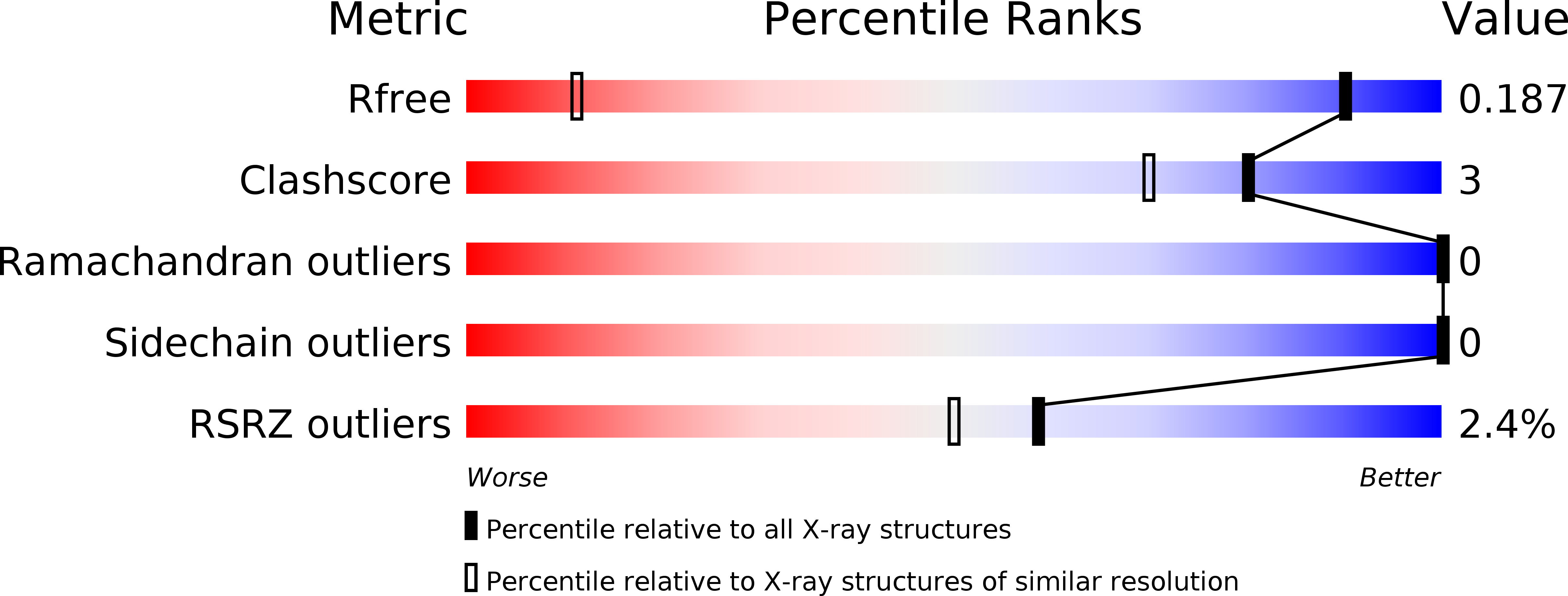
Deposition Date
2018-08-22
Release Date
2018-12-05
Last Version Date
2024-01-17
Entry Detail
PDB ID:
6HG7
Keywords:
Title:
Crystal structure of a collagen II fragment containing the binding site of PEDF and COMP, (POG)4-LKG HRG FTG LQG-POG(4)
Biological Source:
Source Organism:
Homo sapiens (Taxon ID: 9606)
Method Details:
Experimental Method:
Resolution:
1.00 Å
R-Value Free:
0.18
R-Value Work:
0.15
R-Value Observed:
0.15
Space Group:
I 1 2 1


